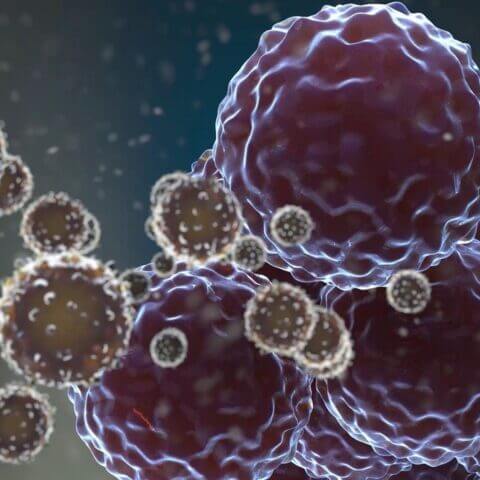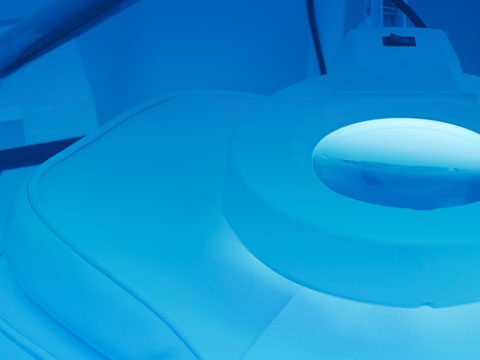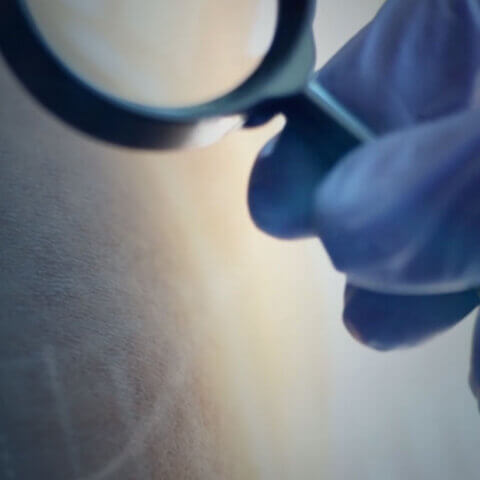Last Updated: October 9, 2024, 5 pm UTC
Since 2002, doctors and researchers have used a standard rosacea classification system to provide consistent terminology as well as to facilitate studies, clinical diagnosis, and treatment. However, in 2018, the Journal of the American Academy of Dermatology published a new standard classification system that replaces the previous one[1]. Below is some of the most important information found in this publication.
Changes to Diagnostic Criteria
Rosacea is a chronic cutaneous disorder that typically affects the convexities of the central face (cheeks, nose, chin, forehead) and the eyes.
The previous system grouped cases of rosacea into four different subtypes: erythematotelangiectatic, papulopustular, phymatous and ocular. These distinct subtypes were not always practical for many practitioners. It is not uncommon for a single patient to have signs and symptoms of more than one subtype of rosacea, and some patients will progress from one subtype to another.
In light of these facts, the new classification system is based on phenotypes, which are observable characteristics common to patients with rosacea. Patients can be diagnosed with rosacea if they have at least one diagnostic phenotype or at least two major phenotypes.
Diagnostic Phenotypes
Two specific diagnostic phenotypes exist for rosacea under the new classification system: fixed centrofacial erythema or phymatous changes.
Fixed centrofacial erythema is the most frequent phenotype and appears as persistent redness on the patient’s skin in a characteristic pattern. In patients with darker skin, the sign may be more difficult to detect.
Phymatous changes to the patient’s skin include a bulbous appearance of the nose, glandular hyperplasia, skin thickening, and patulous follicles.
Major Phenotypes
Many patients have diagnostic phenotypes as well as major phenotypes. However, even if no diagnostic phenotype is present, patients can still be diagnosed with rosacea if they possess at least two major phenotypes. The major phenotypes defined under this new classification system include: papules and pustules, flushing, telangiectasia, and ocular manifestations.
- Papules and pustules – Dome-shaped papules often appear in clusters, with or without pustules. Some patients may also develop nodules
- Flushing – Frequent and prolonged flushing is common with rosacea but it is more noticeable in patients with lighter skin. Flushing often occurs as a response to certain triggers such as exposure to sun, emotional stress, alcoholic drinks or spicy food. When a trigger is encountered, flushing begins within seconds or minutes
- Telangiectasia – Telangiectases are dilated blood vessels commonly visible in patients with rosacea. In-depth examination of rosacea patients with darker skin may reveal these changes even if they aren’t immediately visible to the naked eye
- Ocular manifestations – Rosacea can affect the patient’s eyes. Some of the most common signs or symptoms include bloodshot eyes due to blepharoconjunctivitis, eyelid margin redness and telangiectasia, sties, crusty accumulation at the base of eyelashes, sensitivity to light, burning and stinging, sensation of foreign object, and dry eye. Some patients develop corneal injuries that can affect their vision
Secondary Phenotypes
Although not necessary for diagnosis, secondary phenotypes may also appear with rosacea. The secondary phenotypes recognized under the new classification system include burning or stinging, edema, and a dry appearance. Many patients with rosacea report that the red patches of their skin burn or sting. Some patients may experience itching, but this symptom isn’t as common.
Persistent or intermittent facial edema (swelling) is also common among patients with rosacea. The most frequent presentation is a combination of lymphatic vessel and blood vessel edema.
Patients with rosacea often have skin that appears rough, scaly and dry. Patients with this secondary phenotype are more likely to experience burning and stinging as well.
In addition to all of these phenotypes, rosacea is also associated with significant psychosocial effects, including depression, anxiety, worry and a lower sense of well-being.
Rosacea Subtypes
Under the new classification system, rosacea subtypes no longer exist. However, researchers and practitioners can still reference different forms of rosacea based on what is known about their pathophysiology. The symptoms of rosacea are believed to be caused by several mechanisms, including a genetic predisposition, neurovascular changes that cause flushing or permanent redness, inflammatory responses, and an impairment of the skin barrier.
Demodex folliculorum, a microscopic mite that is a normal inhabitant of human skin, exists in greater numbers in rosacea patients and can trigger or contribute to the inflammatory reaction. Referencing these different mechanisms can help researchers and practitioners to distinguish between different forms of this condition for academic, diagnostic, and treatment purposes.
Research conducted over the last 15 years has found evidence suggesting that all of the different phenotypes and symptom combinations of rosacea may be manifestations of the same underlying disorder. In addition, research indicates that this condition often progresses by encompassing more phenotypes and increasing in severity over time.
Assessing the Severity of Rosacea
Under the new system published in 2017, researchers and practitioners are encouraged to use several different tools to assess the severity of different symptoms associated with rosacea. To assess flushing, the Flushing Assessment Tool and Global Flushing Severity Score can be used. To assess erythema, the Clinician’s Erythema Assessment and Patient’s Self Assessment can be used. To assess, the severity of papules and pustules, researchers and practitioners can use lesion counts and Investigator’s Global Assessment Scales. To assess the psychosocial effects of rosacea, the Rosacea Quality of Life Index can be used. This summary highlights some of the recent changes in our understanding of rosacea and offers exciting opportunities for future research. For help with planning your next trial, get in touch today.
[1] Gallo RL, Granstein RD, Kang S, et al. Standard classification and pathophysiology of rosacea: The 2017 update by the National Rosacea Society Expert Committee. J Am Acad Dermatol 2017 Oct 28. pii: S0190-9622(17)32297-1. doi: 10.1016/j.jaad.2017.08.037. Available at https://www.ncbi.nlm.nih.gov/pubmed/29089180

 Perspectives Blog
Perspectives Blog 


